History skirt briefly. The history of occurrence of the skirt
Skirt in the world today belongs to the class of exceptional women's clothing, but few people know that in ancient times, this element of the wardrobe it has emerged as a weather protection for men. One could argue that it originated much earlier than any wardrobe item with a simple tailoring. Today, the skirt is actively used only the female part of the population, with the exception of the Scottish kilt and some African traditional outfits.
skirt - a reflection of man's status in the Roman Empire
History skirt (male) developed most actively during the Roman Empire. It was believed that the noble and wealthy warriors, politicians, lawyers, professors and speakers can wear this wardrobe item at any time and in any place. Young men and middle-class person could wear it only on the forum or various other social gatherings.
Skirts rich nobles made from expensive oriental fabrics, decorated with red and blue ribbons, stones and embroidery. They were longer (below the knee), which is rich and lower classes. Skirt young people had to be short.
With the advent of various rulers to evolve and change as the history of the skirt. Briefly describe it on the basis of prosperity or fall only one empire can not be, because it is also gradually spread to other countries.
Women's skirts in Roman times
The history of occurrence of the skirt (female) in the Roman Empire is closely related to Greek fashion and barbaric conquests.
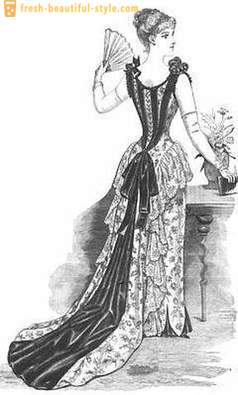
The Greek style is displayed in the drapery, white, gold and red colors, layering clothes. married women's clothes were more refined and rich. In everyday life, a Roman preferred the skirts of bright colors such as orange, blue, green, gray. Skirts and tunics in the Roman Empire were national clothes and pants were associated with the invaders and barbarians. Recent allowed to wear the soldiers who fought in the north, as the skirts can not protect from the cold, rain, snow and other weather conditions.
Feature occurrence skirt in ancient Egypt
Skirts in ancient Egypt were distinguished by its simplicity, brevity and practicality. White was rightly considered a holiday, and therefore strictly forbidden on weekdays (exception was the Pharaoh, his supporters, the Vizier, and priests).
Men's skirt was the only part of the wardrobe for a strong part of the population, because the chest and shoulders were decorated only jewelry (chains, gold thread and symbolic figures). The status of women can be identified by the clothes - if a woman is wearing a short skirt with no top, it was a commoner. The rich wore sleeveless tunics closed.
The story of a fluffy skirt
History skirt has about thirty centuries, but it is a modern prototype appeared in Spain in the 16th century. Among its distinctive features could include bulk, multilayer, hardness (at the expense of the Rings) and sophistication. Wearing such skirts ladies only, but the weight and dimensions are not allowed to use them very often.
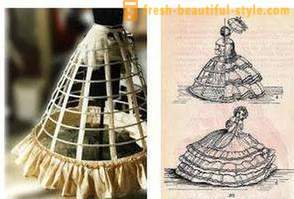
is also an obstacle to the spread of this style was the high cost of the material of construction for such skirts (horsehair, silk, jewelery).
The appearance of the midi-length skirts
After the Middle Ages (age 17) there is no need to use long skirts. It was then that women around the world were able to expose their feet without fear of inquisitions and punishments. Skirts became more comfortable, simple and practical, but at the expense of warm wool pads can be used even in winter. This is usually not part of the wardrobe or decorated with jewels patterns and provide protection from adverse weather conditions.
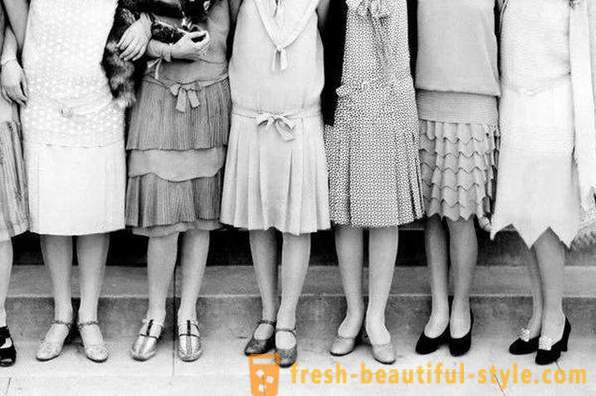
The emergence of sophisticated elegance skirts
The history of occurrence of the mini skirt length begins with the 18th century. The women realized that this part of the wardrobe may be interested and bewitch men, and so skillfully used it. Skirts were decorated with lace and silk, sewing lining, which created the rustle when walking. They later became known as the "basket".
Very interesting history of the skirt of the style associated with the fact that women have noticed a supportive reaction of men to the sound that occurs when the tissue in contact with the ground. They especially have begun to attract their attention to the belt When sewing scraps of felt.
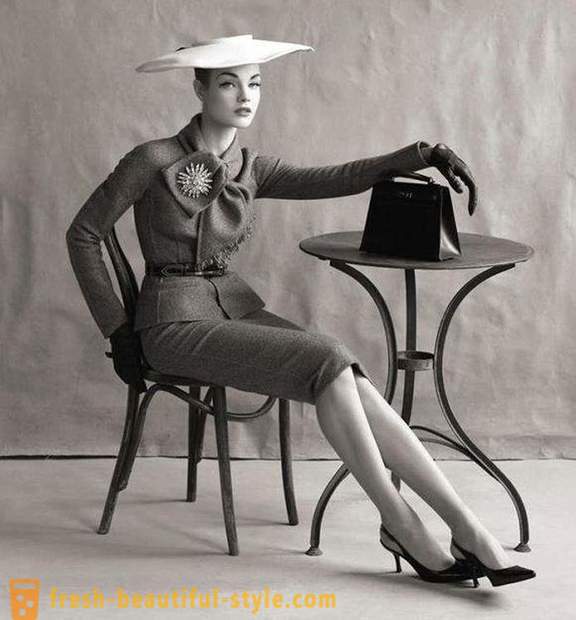
It was during the Restoration skirt began to share in the everyday simple and elegant evening. They are stylish, style, color, details and cost. Also during this period returned to fashion on corsets, which, in turn, require a lush bottom, so the skirt steel frame metal frame. The latter was so inconvenient and dangerous to use, which forced women to seek a different kind of support. Only in the 19th century to replace the metal came dense fabric - a crinoline. It was made of hard linen and horsehair. For added convenience, such products were fixed on the small of the back cushions.
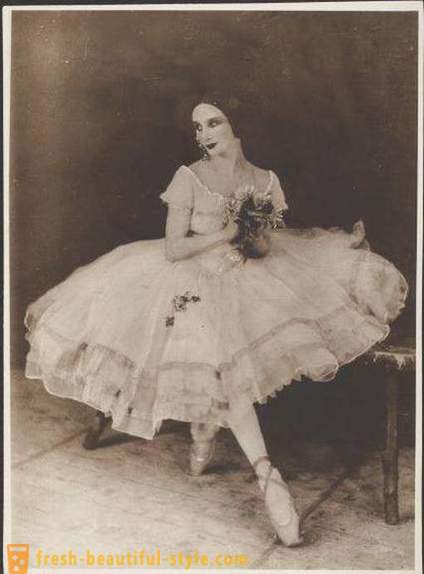
The appearance of colored skirts
In the early twentieth century, the first fashion designers have started to introduce fashionable skirt with a variety of patterns on the lining. The upper layer of the style made out of transparent silk, and therefore playfulness and freshness it is attached modulations lower substrates. The story of the skirt with such unusual items begins with the beginning of the last century, when the convenience and practicality outweigh the bulk and grace.
The role of dance in the establishment of new styles of skirts
The emergence of numerous number of dance styles also affects the history of the skirt. Ardent and mesmerizing dance tango gave the world a provocative and brilliant cut to the thigh that was the style of this trend. Energetic Cuban Lambada gave modern women short skirt with multiple ruffles that flutter at the slightest movement.
History skirts for oriental dance originated many centuries ago. Her style, decorations and cut sharply differ on the details of other dance costumes. Skirt for oriental dance is decorated with beads, gold and silver threads, fringe, pearls and embroidery. Such a wealth of colors and decorations make it unique and individual (each instance is unique, as is decorated by hand).
The contribution of Coco Chanel and Mary Quant in the creation of modern mini-skirt
History of the mini skirt, which most resembles the modern version of a very unusual, spontaneous and shocking, as follows. The owner of the popular clothing store in London - Mary Quant - saw his girlfriend, who was washing the floor in a short skirt for comfort and ease of movement. This idea, according to Quant, was fresh and demanded the spread in the community. Therefore, it is instantly replaced all the classic dresses in the windows of his shop on youth options - colored blouse with mini skirts.

The history of the skirt, which is brought into fashion by Coco Chanel, began in a small workshop fashion. She noted that the skirts, which have no form, have become calloused. Coco decided to create a skirt that would strap a waist and hips and thus show all the sexy female silhouette. We can assume that the history of the origin of the skirt is very interesting and exciting. It is closely intertwined with the well-known names in the fashion world, historical events and peoples, social movements and trends. Skirt to become an integral part of every woman's wardrobe, has come a long and hard way.











































